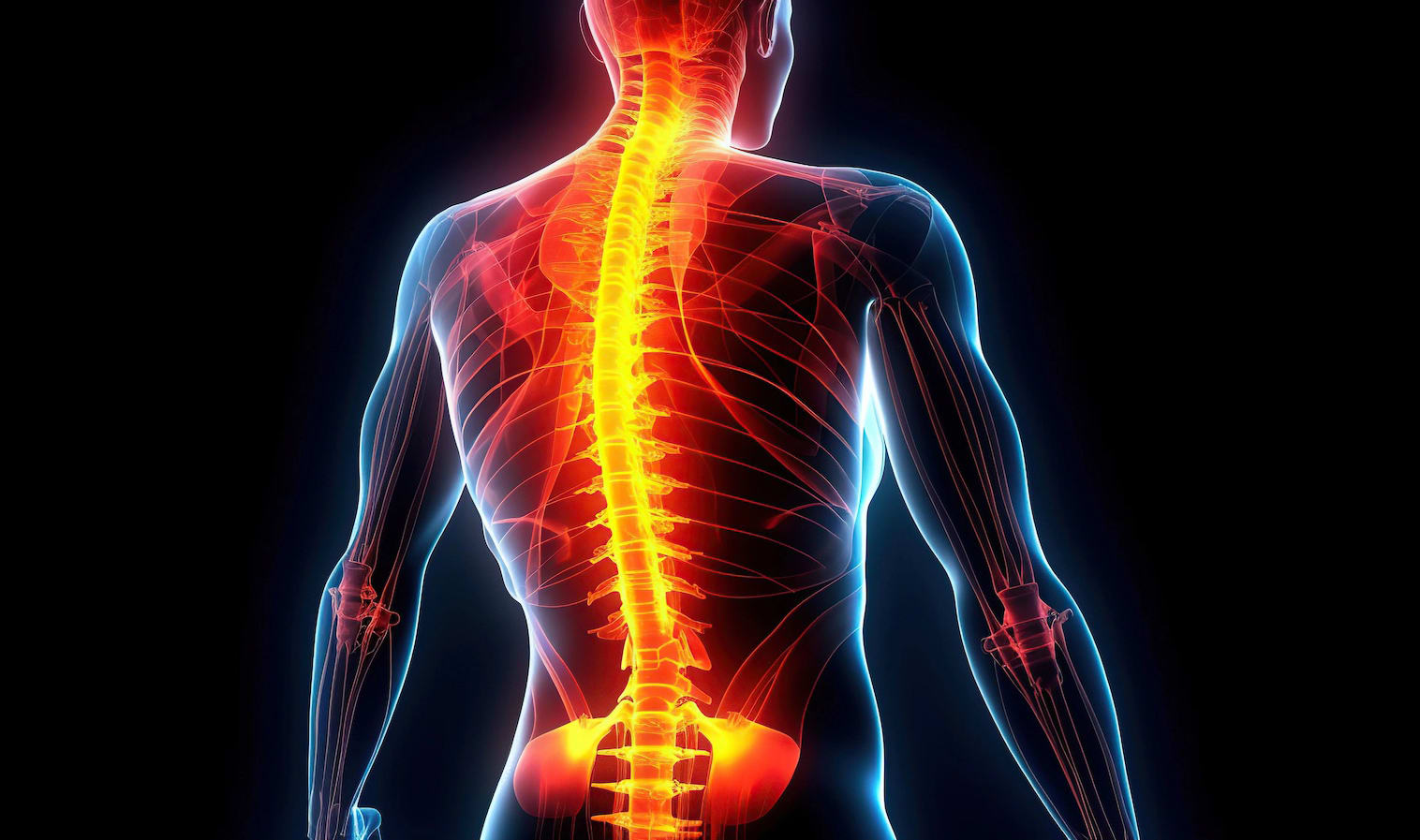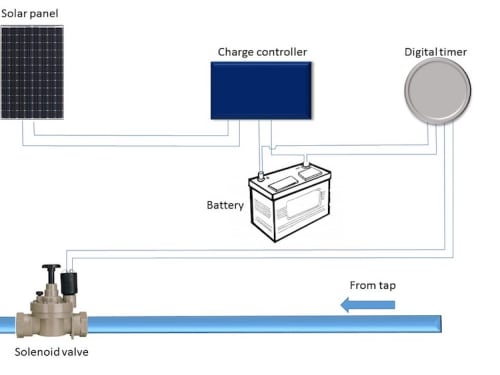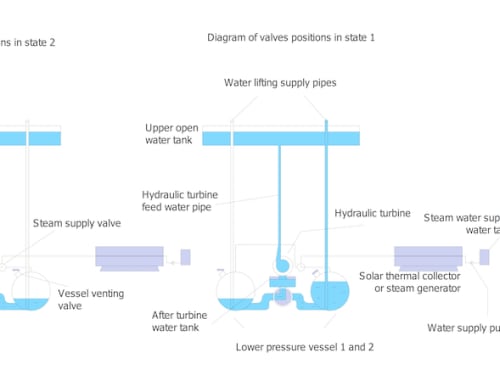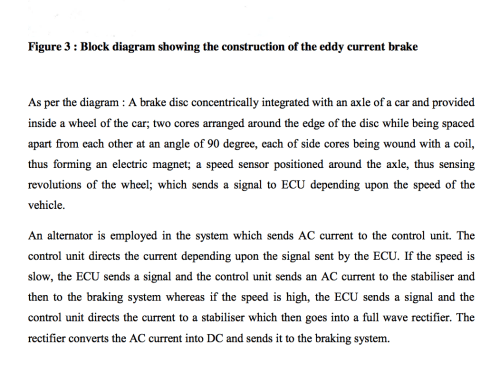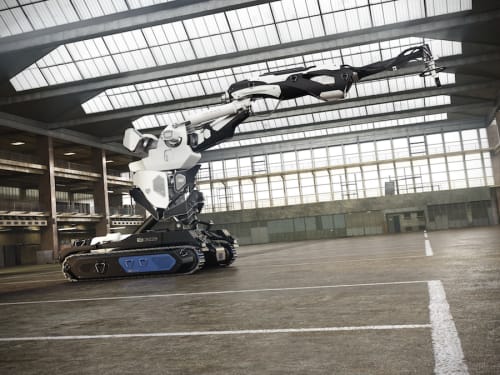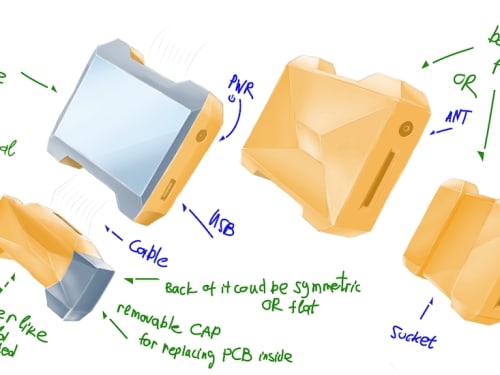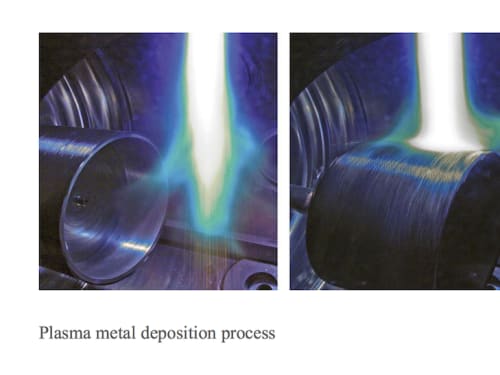The 2025 Contest is Now Open for Entries!
Submit your best new product ideas in any of seven categories for a chance at $25,000 USD and other great prizes. Here’s how to get started.
Help build a better tomorrow
Since Tech Briefs magazine launched the Create the Future Design contest in 2002 to recognize and reward engineering innovation, over 15,000 design ideas have been submitted by engineers, students, and entrepreneurs in more than 100 countries. Join the innovators who dared to dream big by entering your ideas today.
Read About All the 2024 Winning Inventions

Special Report spotlights the eight amazing winners in 2024 as well as honorable mentions in each category, plus the top ten most popular entries as voted by our community.
Click here to read moreA ‘Create the Future’ Winner Featured on ‘Here’s an Idea’
Spinal cord injury affects 17,000 Americans and 700,000 people worldwide each year. A research team at NeuroPair, Inc. won the Grand Prize in the 2023 Create the Future Design Contest for a revolutionary approach to spinal cord repair. In this Here’s an Idea podcast episode, Dr. Johannes Dapprich, NeuroPair’s CEO and founder, discusses their groundbreaking approach that addresses a critical need in the medical field, offering a fast and minimally invasive solution to a long-standing problem.
Listen nowThank you from our Sponsors
“At COMSOL, we are very excited to recognize innovators and their important work this year. We are grateful for the opportunity to support the Create the Future Design Contest, which is an excellent platform for designers to showcase their ideas and products in front of a worldwide audience. Best of luck to all participants!”
— Bernt Nilsson, Senior Vice President of Marketing, COMSOL, Inc.
“From our beginnings, Mouser has supported engineers, innovators and students. We are proud of our longstanding support for the Create the Future Design Contest and the many innovations it has inspired.”
— Kevin Hess, Senior Vice President of Marketing, Mouser Electronics
contest/2017
2017
Nearly 70% of the earth is covered by water. Only 2.5% of it is fresh & only 1% freshwater is accessible. The world is facing a scarcity of water - termed as water crisis. Wastage of water is seen and documented by various agencies. In urban lifestyle, one of the areas where water is wasted unknowingly is in gardens,
This graduate research project utilizes the power provided from the solar panel to run new generation trike. The tricycle has all modern design with retractable structure. The entire assembly is implemented to be compact with aluminum square tube framing mounted on a tricycle. The retractable structure technology is providing Flexibility and Strength.
I’d like to present to you a concept that’s been cooking in my head for the past few decades. In R. Buckminster Fuller’s “critical path” he presents and illustration of Manhattan island with a huge geodesic dome covering much of the borough.
Bucky pointed to a number of reasons why such mega-structures are desirable.
Currently, it is very near impossible to remove oil sheen from water. Typically, a sheen of oil remains after the majority of spilled oil is recovered and removed from a body of water.
Renewable energy challenge
(From solar thermal energy to electrical energy)
This challenge is an individual idea to use 100% sustainable energy source to provide 100 % renewable energy.
Many of the ordinary brakes, which are being used nowadays, stop the vehicle by means of mechanical blocking. This causes skidding, wear and tear of the vehicle. And if the speed of the vehicle is very high, the brake cannot provide that much high braking force and it will cause problems.
Cazza is a 3D printing technology company that aims to change the world through our technology and construction services. We sell 3D printing construction technology that will make construction processes more efficient, cost effective and environmentally friendly. We also provide design, engineering and construction services to build 3D printed projects.
Maintenance is what keep the industries moving. Our goal is to make maintenance as easy as possible. That is why we envision a new approach to condition monitoring and maintenance with the use of Machine Learning.
Our setup uses an array of multiple sensors that are connected to a central unit, which is connected wirelessly to a cloud network.
NASA's Langley Research Center has developed a novel system that uses an ultra-violet camera to detect, inspect, and analyze a corona discharge. This discharge signifies a power line fault, making the technology ideal for use in power line inspections. When coupled to a drone,
NASA's Langley Research Center has developed a new technique to enable the preparation of metal/composite hybrid laminates, also known as fiber metal laminates (FML), by depositing metal directly onto fabric using a plasma deposition process. FMLs provide a useful combination of structural and functional properties for both aerospace and non-aerospace applications. Currently,
Page 51 of 86
